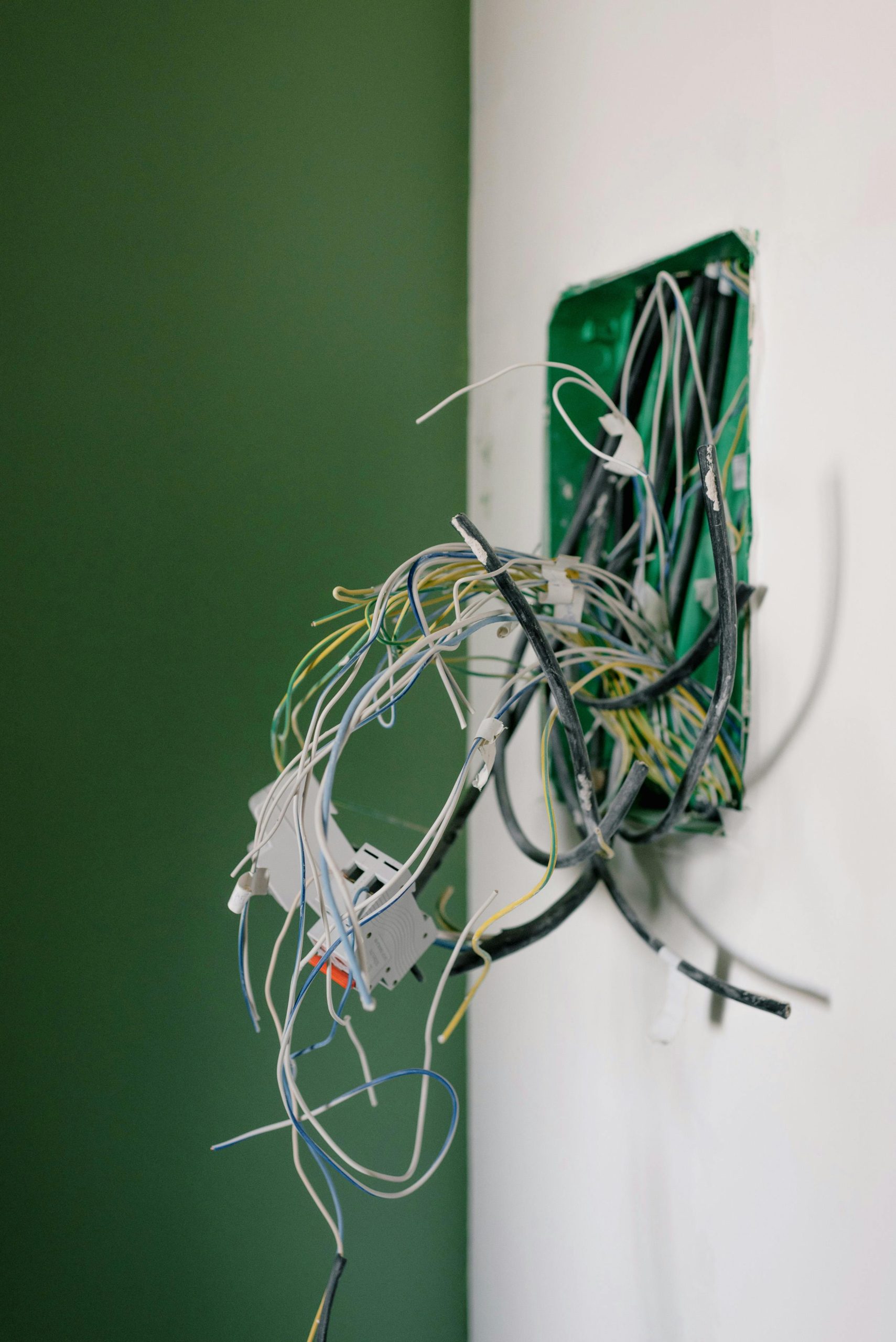Understanding Power Surge Damage and Its Impact on Your Devices
Experiencing electrical issues in your home can be incredibly frustrating, particularly if you’re also facing challenges with your devices. I once resided in a trailer where the electrical system frequently became overloaded, leading to constant power outages. Since then, I’ve encountered a significant problem with my PC: I’m now faced with the dreaded blue screen of death.
If you’ve found yourself in a similar situation, it’s crucial to address both your electrical system and the potential damage to your devices. Here are some steps to consider when approaching repairs and understanding the implications of power surges.
Inspecting Your Electrical System
First and foremost, it’s important to evaluate the state of your electrical system to prevent future issues. An overloaded circuit can lead to not just inconvenience but also serious damage to your appliances.
-
Identify Overloaded Circuits:
Check which circuits are being frequently tripped and consider reducing the load by unplugging unnecessary devices. -
Consult a Professional:
If you suspect consistent overloads, contacting a licensed electrician can help ensure your system is safe and adequately equipped to handle your electrical needs.
Assessing PC Damage
When it comes to the blue screen of death on your PC, it could indicate several potential issues, especially following a surge.
-
Run a Diagnostic Test:
Use built-in diagnostic tools or third-party software to identify hardware failures or corruption in your operating system. -
Check Hardware Connections:
Ensure all internal components, like RAM and graphics cards, are firmly connected. Loose connections can lead to system crashes. -
Scan for Malware:
Sometimes, the source of the blue screen can be malicious software, so a thorough scan could reveal underlying issues. -
Restore System Settings:
If problems persist, consider restoring your system to a previous state when it was functioning correctly, or reinstall the operating system if necessary.
Conclusion
Power surge-related issues can lead to significant challenges for both your home electrical system and your electronic devices. Taking proactive measures to assess and repair the sources of these problems can save you time and money in the long run. If you’re dealing with similar issues, following these steps can lead to a more resilient electrical setup and a smoother experience with your technology.
Share this content:




Hi there,
It sounds like you’re experiencing issues following a power surge, which can indeed cause various hardware and system problems. Here are some additional steps you might consider to further diagnose and mitigate the damage:
Remember, always prioritize